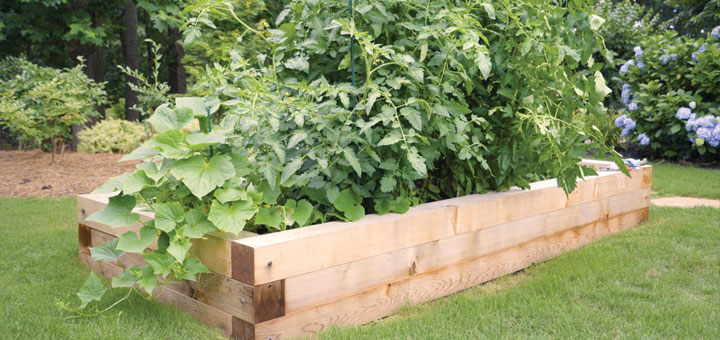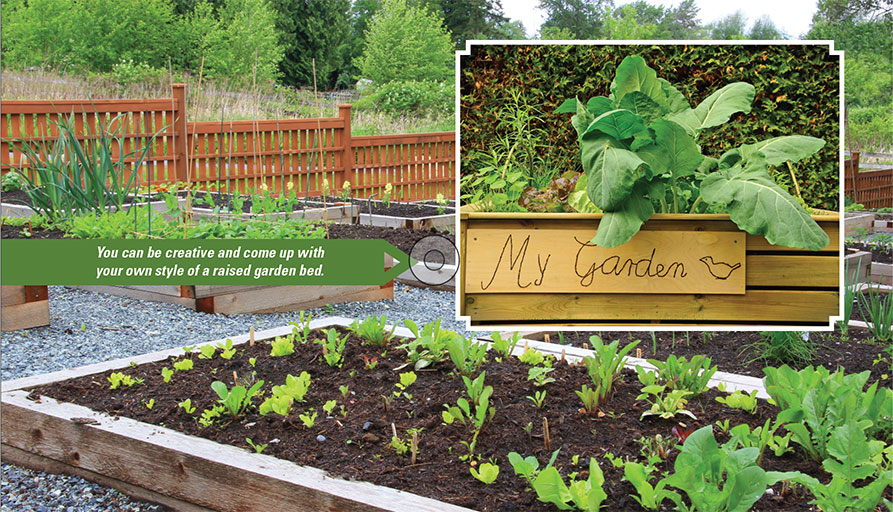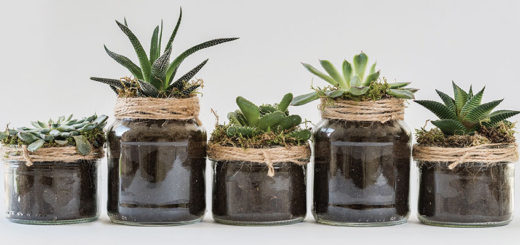How and Why to Build a Raised Garden Bed This Season
Fairly easy to construct and even easier to maintain, raised garden beds are a great way to raise plants and vegetables in the comfort and convenience of your backyard.
In a recent episode of the Exmark Original Series, “Done-in-A-Weekend-Extreme,” landscape designer and show host, Doug Scott, spoke to organic gardener Joe Lamp’l of “Growing a Greener World” about the ins and outs of raised garden beds.
Here are some of the top insights and tips Lamp’l shared.
- Why use raised garden beds? A raised garden bed can help facilitate the ideal growing environment, as most people don’t have that perfect soil naturally in their yard. Their accessibility makes them easier to work in and maintain. Plus, they’re a nice architectural design element in any landscape.
- What’s the ideal size? The main rule of the thumb applies to width. The bed should be no wider than 4 feet, as you never want to compact the soil when working. Length however, is based on personal preference and needs. As far as height is concerned, you want the roots to be able to grow out and down as much as possible — 6-inches at minimum. While 12-inches is common, anything higher is a bonus.
- What materials work best? Treated lumber is the most readily available and economical material and will likely last the longest, however, being an organic gardener Lamp’l prefers untreated hardwood, as it lasts almost as long and doesn’t contain chemicals. Other materials you have around the home and yard, such as rocks, old tubs, etc., can work too.
- Where’s the best location? Build your raised garden bed on level ground, in full sun exposure near a water supply.
To build a 10-foot x 4-foot x 18-inch raised bed, you’ll need:
- Nine 6-inch x 6-inch x 12-foot cedar timbers
- Tape measure, t-square and marking pencil
- A saw and extension cord
- One box of 10-inch heavy-duty exterior wood screws
- Ten 24-inch x 1/2-inch rebar stakes
- Twenty 10-inch galvanized timber spikes
- Sledgehammer
- Impact drill and long drill bit
- Level
- Hammer
- Shovels
- Hardware cloth, wire cutters and fence staples
- Work gloves, safety glasses and ear plugs
- Wheelbarrow (to transport soil)
- Begin by cutting six, 6 x 6 timbers, each measuring 10-feet 6-inches in length. And six, 6 x 6 timbers, each measuring 4-feet 6-inches in length. Drill rebar holes in each timber.
- Once the first layer of bed has been placed, leveled and squared in your desired location, fasten the corners using 10-inch wood screws. Secure the entire layer to the ground with 10 pieces of rebar.
- Place the second layer of timbers, staggering the corners and fastening them with wood screws. Secure this layer to the first with ten 10-inch galvanized spikes.
- Install galvanized cloth to prevent burrowing pests from eating earthworms and destroying plants.
- Place the third layer of timbers (following above directions.)
- Fill with soil and plants.

For more tips and complete build instructions, check out “How to Build Raised Garden Beds” by visiting Exmark.com/backyard. Exmark’s Backyard Life is part of a unique multimedia destination with a focus on helping homeowners make the most of
wtheir backyard. There you can also access other series, including “Prime Cuts” and “Dream Yards.”
For an amazing crop this season, take a cue from the professionals and build a raised garden bed for best results.
StatePoint








